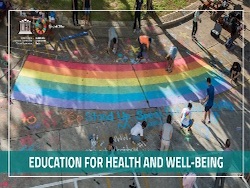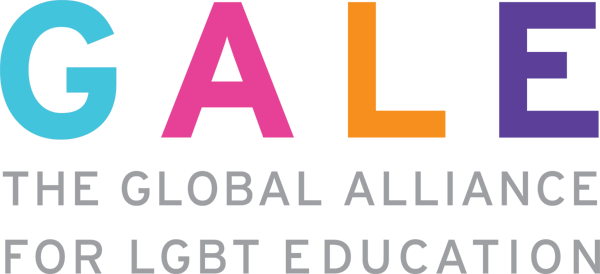Groundbreaking UNESCO guide to monitor LGBT bullying

30 April 2019 - In a new technical brief, Bringing it out in the open , UNESCO studies how to better monitor school violence based on sexual orientation, gender identity, or gender expression (SOGIE). UNESCO estimates that 246 million students experience school violence yearly throughout the world.
LGBT school violence
School violence can have impacts on academic performance; the physical, mental, and emotional well-being of bullied students as well as the perpetrators of the violence themselves suffers. Though all students are at risk for bullying, some students are considered more vulnerable than others. That includes students with differing sexual orientation, gender identity, and gender expression. UNESCO refers to studies, that found LGBT students are two to three times more likely to face bullying in school. School bullying is the second leading cause for LGBT students committing suicide (the first being young LGBT people getting harassed by their family). Students who are seen as not fitting into binary norms and stereotypes of masculinity and femininity are more exposed to school violence.
Avoidance to ask questions about LGBT bullying
Questions about violence against LGBT are rarely asked in general surveys about school violence or school quality. This is for a variety of reasons. Some researchers and schools are concerned to ask about SOGIE due to possible negative reactions from parents and community members. This is especially true in areas in which same-sex relationships are criminalized. The avoidance of questions about LGBT leads to a lack of data. This makes it is difficult to get a firm understanding of the impact of school violence based on SOGIE on national, regional, and global scales.
Suggestions to improve surveys
The UNESCO brief is unique in providing a guide on how to ask questions about LGBT in general surveys. Possible survey questions to identify students with alternative SOGIE fall into three sections: sexual behavior, self-identifying sexual orientation, and sexual attraction. When asking questions regarding sexual behavior, it is important to phrase questions in inclusive ways. This would include asking about sexual contact rather than intercourse, explicitly stating what is meant by sexual contact, making it clear that all sexual contact being referenced was voluntary, and tailoring questions to the age of respondents. Questions regarding sexual orientation should try to use words with synonyms in the question to make sure that the respondent fully understands what question is being asked. An example of this would be clarifying bisexual as being attracted to both males and females. It is also important to use age-specific language because different age groups are familiar with different terminology. Survey questions about sexual attraction should be unambiguous. The guidance also discusses considerations when wording the survey questions such as the use of specific language in different cultural contexts. An example of this would be using “travesti” in addition to, or instead of transgender since it is more culturally recognizable in a Brazilian context.
Need for careful data collection
Some challenges of collecting data based on SOGIE are the uses of specific terminology, legal and ethical issues, and sampling methods. It is difficult to decide about appropriate terminology in an international survey. Language used to discuss LGBT and SOGIE vary drastically based on region and country. There are also potential legal and ethical issues when collecting information from people under the age of 18 especially when discussing violence. In some places, it is illegal to discuss LGBT issues either in or outside of the school setting. Even in areas in which it is legal to discuss, it could bring added stigma and embarrassment to students if their survey results were not kept confidential or anonymous.


